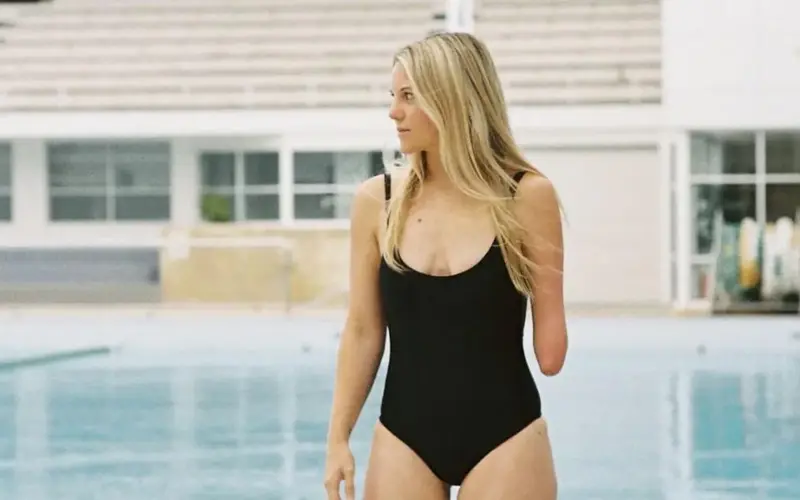AI Representation of Disabilities: Progress and Challenges
Friday, 2025/10/17237 words3 minutes2134 reads
Jessica Smith, a former Australian Paralympic swimmer, inadvertently initiated a social experiment when she attempted to generate an AI image of herself this summer. Her goal was to create a representation that accurately depicted her physical reality - missing her left arm below the elbow. Initially, the AI system struggled to produce the requested image, consistently generating depictions of women with two arms or with metallic prosthetics.
This experience led Smith to a profound realization about the nature of AI and its limitations. She recognized that AI, as a reflection of our current world, inherently incorporates existing inequalities and biases. However, in a recent attempt, Smith was astonished to find that the AI could now generate an accurate image of a woman with one arm, mirroring her own appearance.
While this progress is encouraging, it's clear that challenges persist in achieving comprehensive representation. Naomi Bowman, who has monocular vision, encountered issues when using AI to edit her photographs. Despite explicit instructions to leave her face unaltered, the AI 'corrected' her eyes, demonstrating an ongoing struggle with accurately representing diverse physical characteristics.
Experts in the field, such as Abran Maldonado of Create Labs, emphasize the critical importance of diversity in AI development. They argue that representation in AI begins at the data creation and training stages, necessitating the involvement of individuals with varied lived experiences to ensure the technology can accurately reflect the full spectrum of human diversity.
